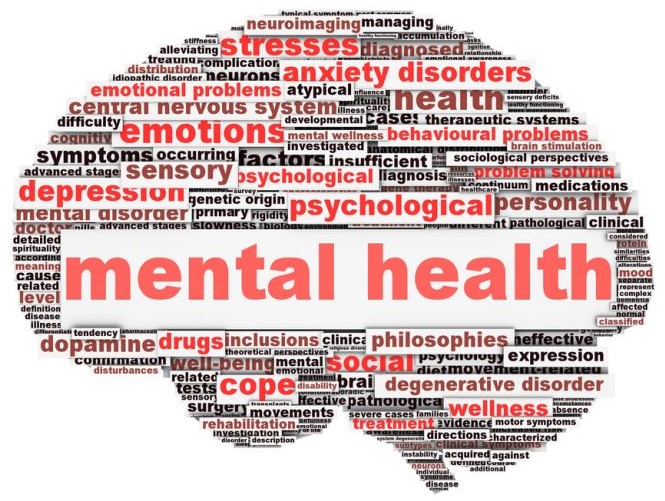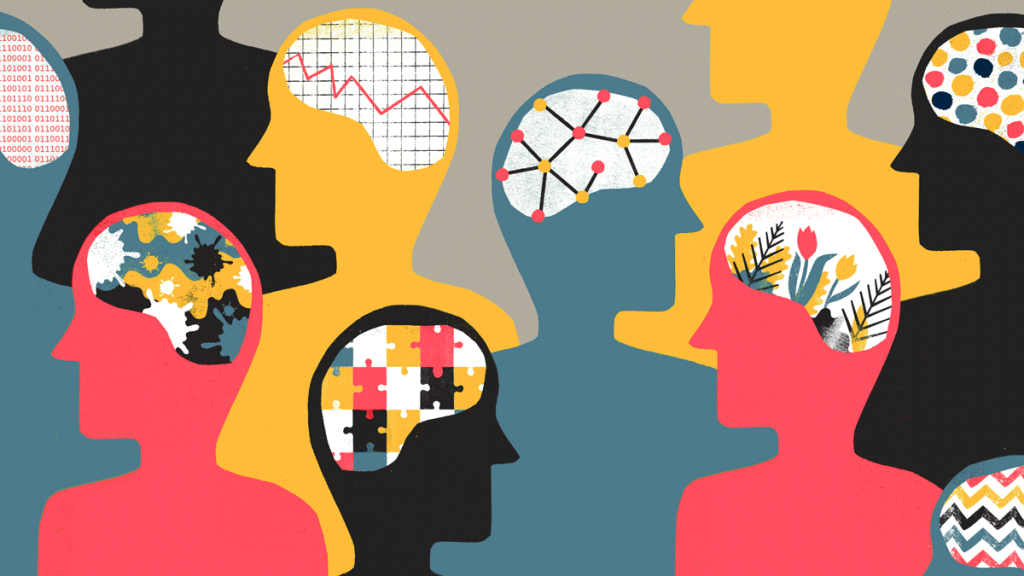
What is a Mental Disability?
“Mental disability, in a broad definition, is a condition in which a person’s mental ability or capacity is moderately to severely limited. Under mental disability, a person can be psychologically disabled or intellectually disabled. When assessing for mental disabilities in a person, it is important to note that there are many factors that contribute to their development.
Mental disabilities can have a physical cause such as trauma to the brain or a traumatic injury that contributes to the disability. They can also have physical causes that occur at birth, such as a lack of development of integral structures of the brain. Drug use during pregnancy can also cause mental disabilities in children. Mental disabilities also have external factors such as childhood abuse or maltreatment. Children that are not parented well are also at an increased risk for mental disability. Children are products of the environment that they are in, and when the environment is not a healthy, or stable environment, they are at risk of developing a mental disability.” [1]

What are some types of mental disorders?
“There are many different types of mental disorders. Some common ones include:
- Anxiety disorders, including panic disorder, obsessive-compulsive disorder, and phobias
- Depression, bipolar disorder, and other mood disorders
- Eating disorders
- Personality disorders
- Post-traumatic stress disorder
- Psychotic disorders, including schizophrenia” [2]
Symptoms
“Signs and symptoms of mental illness can vary, depending on the disorder, circumstances and other factors. Mental illness symptoms can affect emotions, thoughts and behaviors. Examples of signs and symptoms include:
- Feeling sad or down
- Confused thinking or reduced ability to concentrate
- Excessive fears or worries, or extreme feelings of guilt
- Extreme mood changes of highs and lows
- Withdrawal from friends and activities
- Significant tiredness, low energy or problems sleeping
- Detachment from reality (delusions), paranoia or hallucinations
- Inability to cope with daily problems or stress
- Trouble understanding and relating to situations and to people
- Problems with alcohol or drug use
- Major changes in eating habits
- Sex drive changes
- Excessive anger, hostility or violence
- Suicidal thinking”
Sometimes symptoms of a mental health disorder appear as physical problems, such as stomach pain, back pain, headaches, or other unexplained aches and pains.” [3]

What causes mental disorders?
“There is no single cause for mental illness. A number of factors can contribute to risk for mental illness, such as:
- Your genes and family history
- Your life experiences, such as stress or a history of abuse, especially if they happen in childhood
- Biological factors such as chemical imbalances in the brain
- A traumatic brain injury
- A mother’s exposure to viruses or toxic chemicals while pregnant
- Use of alcohol or recreational drugs
- Having a serious medical condition like cancer
- Having few friends, and feeling lonely or isolated
Mental disorders are not caused by character flaws. They have nothing to do with being lazy or weak.” [2]

Path to improved health
“There are several types of treatment for mental disorder problems. They include:
- Psychotherapy or counseling. This also is called talk therapy. It is one of the most common treatments for mental health disorders.
- Prescription medicine. Prescription medicine is another popular treatment method. Medicines for mental disorders make changes to brain chemicals that are involved in emotions and thought patterns.
- Support groups. Self-help and support groups can help you gain insight into your condition.
- Other therapies. There are many types of therapies people use to help treat mental health problems. These can include physical activity, such as exercise or yoga. They can also include creative therapies. These are therapies done using means of expressing yourself creatively. They can include using art, music, movement, or writing.
- ECT or other brain stimulation therapy. Electroconvulsive therapy (ECT) is a safe procedure that sends electric currents into the brain. This causes changes in the brain that can improve and even reverse troubling symptoms. ECT and other brain stimulation therapies are often used when other kinds of treatment haven’t worked.
- Eye Movement Desensitization and Reprocessing (EMDR) therapy. This type of therapy is used to relieve psychological stress. It has become an effective way to help treat trauma, especially post-traumatic stress disorder (PTSD).
- Hospital or residential treatment program. Sometimes your mental health issues become so bad that you need to receive treatment in a hospital or a long-term program. This can happen when you can’t take care of yourself. Or it happens when you are in danger of harming yourself or others.” [4]

Helping a loved one
“If your loved one shows signs of mental illness, have an open and honest discussion with him or her about your concerns. You may not be able to force someone to get professional care, but you can offer encouragement and support. You can also help your loved one find a qualified mental health professional and make an appointment. You may even be able to go along to the appointment.
If your loved one has done self-harm or is considering doing so, take the person to the hospital or call for emergency help.” [3]

Resources
[2] https://medlineplus.gov/mentaldisorders.html
[3] https://www.mayoclinic.org/diseases-conditions/mental-illness/symptoms-causes/syc-20374968
[4] https://familydoctor.org/different-types-mental-health-treatment/
